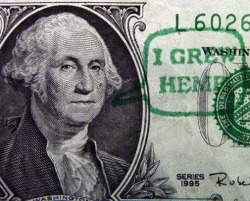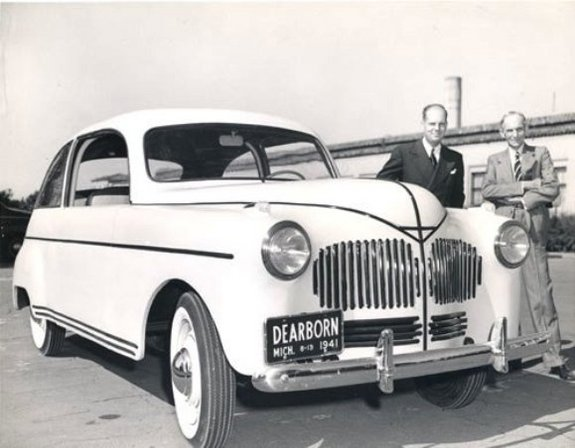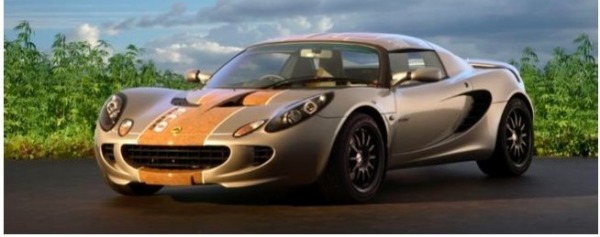I bet you didn't know...
The federal government subsidized hemp during the Second World War and U.S. farmers grew about a million acres of hemp as part of that program.
Hemp can be grown organically. Only eight, out of about one hundred known pests, cause problems, and hemp is most often grown without herbicides, fungicides or pesticides. Hemp is also a natural weed suppressor due to fast growth of the canopy.
Hemp produces more pulp per acre than timber on a sustainable basis, and can be used for every quality of paper. Hemp paper manufacturing can reduce wastewater contamination. Hemp's low lignin content reduces the need for acids used in pulping, and its creamy color lends itself to environmentally-friendly bleaching instead of harsh chlorine compounds. Less bleaching results in less dioxin and fewer chemical by-products.
Hemp fiber paper resists decomposition, and does not yellow with age when an acid-free process is used. Hemp paper more than 1,500 years old has been found. Hemp paper can also be recycled more times than wood-based paper.
Hemp produces more pulp per acre than timber on a sustainable basis, and can be used for every quality of paper. Hemp paper manufacturing can reduce wastewater contamination. Hemp's low lignin content reduces the need for acids used in pulping, and its creamy color lends itself to environmentally-friendly bleaching instead of harsh chlorine compounds. Less bleaching results in less dioxin and fewer chemical by-products.
Hemp fiberboard produced by Washington State University was found to be twice as strong as wood-based fiberboard. No additional resins are required due to naturally-occurring lignins
Kimberly-Clark (a Fortune 500 company) has a mill in France which produces hemp paper preferred for bibles and cigarette paper because it lasts a long time and doesn’t yellow.
Fabrics made of at least fifty percent hemp block the sun’s harmful UV rays more effectively than other fabrics.
All schoolbooks were made from hemp or flax paper until the 1880s.
It was legal to pay taxes with hemp in America from 1631 until the early 1800s.
George Washington, Thomas Jefferson and other founding fathers grew hemp. Washington and Jefferson Diaries. Jefferson smuggled hemp seeds from China to France then to America.
Benjamin Franklin owned one of the first paper mills in America, and it processed hemp.
Washington grew hemp?!

Presidents Washington and Jefferson both grew hemp. Americans were legally bound to grow hemp during the Colonial Era and Early Repbulic.
Because of its importance for sails (the word canvass is rooted from the word "cannabis") and rope for ships hemp was a required crop in the American Colonies.
Refusing to grow hemp in the 17th and 18th Centuries was against the law! You could be jailed in Virginia for refusing to grow hemp from 1763 to 1769 (G.M. Herdon.Hemp in Colonial Virginia)
Hempcars

LOTUS ECO ELISE

A NEW Hemp car

We've had our fill of limited edition Elises lately, largely because they rarely bring anything new to our favorite track-day toy. However, the Lotus Eco Elise stands apart. Sure, it's got the same drivetrain as the Elise S, uses the same aluminum tub and shares the same shape as its arguably environmentally friendly siblings, but the differences are in the details.
To begin with, the Eco Elise uses a host of sustainable materials to make up the body and trim, including hemp, "eco wool," sisal and a new high-tech, water-based paint that can be applied by hand, while still maintaining the grade-A finish you'd expect. All of these elements reduce the Eco Elise's footprint throughout its lifecycle, limit the amount of energy used during production and simultaneously slashes 70 pounds from the standard Elise's curb weight.
But Lotus hasn't stopped there. It's fitted a set of flexible solar panels on the hard top to help power the electrical systems, reducing the drain on the engine and improving efficiency. And there's a new green shift light on the instrument panel that assists drivers in maximizing fuel efficiency.
You can read up on all the details of the Eco Elise in the press release after the jump, and expect more information and pictures when it makes its official debut at the London Motor Show later this month.
